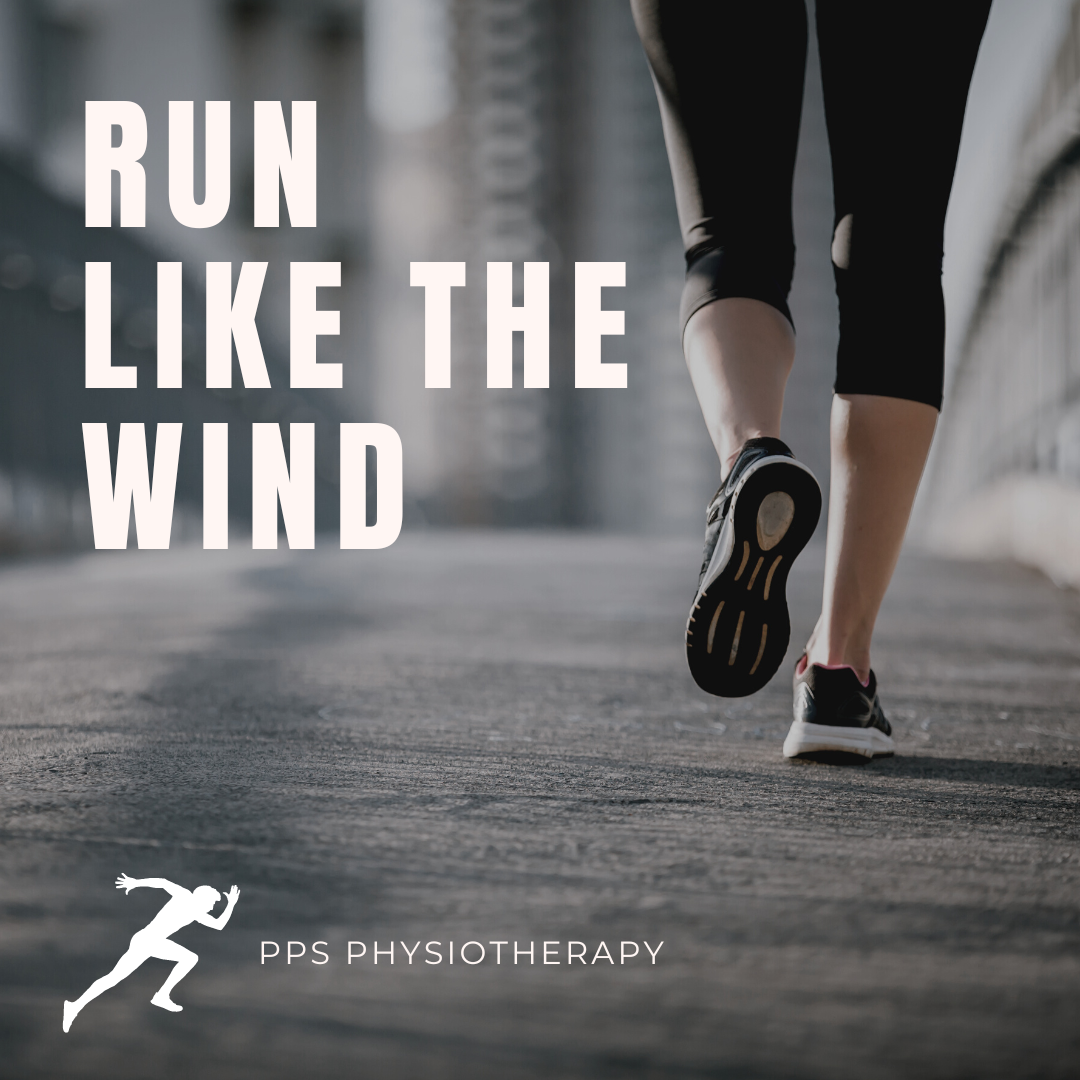Running is a crucial aspect of many sports. It’s also a very common way for people to injure themselves due to a combination of running technique, muscular imbalances and core instability. It’s not just running in straight lines that can be an issue. More often than not it’s peoples’ inability to change direction that puts them in dire straits. So why do these injuries happen, and what can physiotherapists do to not only help you run pain free, but faster and snappier than ever?
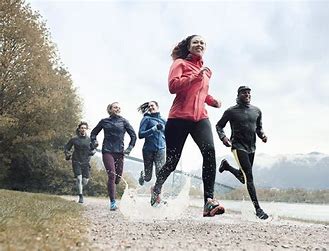
The most common running injuries tend to be repetitive strain or overuse injuries such as:
- Tendinopathy of the patella, achilles or hamstrings
- ITB Friction Syndrome
- Shin Splints
- Plantar Heel Pain
The most common acute injuries tend to be muscle tears commonly in the quadriceps, hamstrings and adductors.
The above injuries are commonly associated with running specifically but other lower limb injuries can occur in sports that require a lot of dynamic movement ie soccer, netball, rugby. That’s when we can start to see our more gnarly ligament tears and cartilage injuries. Running and running sports can leave you potentially vulnerable to a variety of injuries if you aren’t careful. So why do these types of injuries even happen?
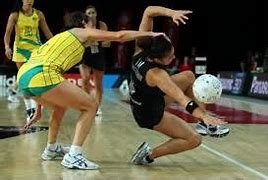
Tendons
Tendons are strong pieces of fibrous connective tissue that connect muscle to bone. Their other primary function is to produce movement, but they also function to absorb force. Tendinopathies occur when these structures become overworked in response to excessive load. Increasing your running volume or speed too quickly can certainly set off a lower limb tendinopathy. When there is too much load placed on a tendon too soon they can undergo a number of biochemical changes, some of which are degenerative and some which are protective. When there is an imbalance in these processes we end up with overall degeneration and disorganisation of the collagen matrix, tendon thickening, loss of mechanical properties and pain.
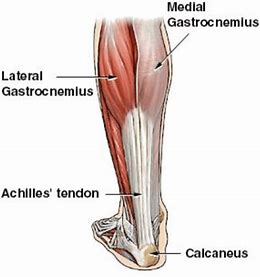
Ligaments
Ligaments on the other hand, whilst also fibrous connective tissue – are designed to connect bone to bone. Their primary function is to limit excessive movement of a joint, provide proprioceptive input and help with joint position sense. Ligaments are put under a lot more strain when it comes to change of direction movements, which can cause excessive stretch/strain and subsequent tears. How would running create such strain?
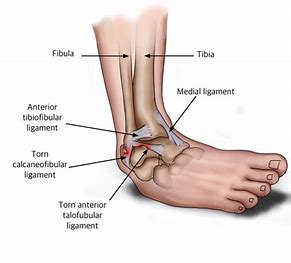
Well running is actually a very high impact activity. Whenever we run, we are producing internal force in order to propel ourselves forward, and as our foot strikes the ground it produces an equal amount of force which travels back up through our leg. This is known as ground reaction force, and whilst there are multiple components to this, the one that’s most relevant is the Vertical Component of Ground Reaction Force, or VGRF. This is the force that resists the downward motion of the leg and propels us up and forward again. In terms of force magnitude, VGRF can reach 3 to 5 times our body weight, which is all going through one leg. When you combine VGRF with the number of strides you take over the course of your run/game, you can see that there could be quite high loads going through your tissues.
Muscles
Two muscle groups which can become quite neglected when it comes to running are the adductors and core. Our adductors are always active during running, as they decelerate the femur as the foot hits the ground. They also assist to stabilise the pelvis while your foot is on the ground together with the glutes, spinal and abdominal musculature. They also assist the hip flexors during leg recovery and work with the calf muscles during push off. The adductor muscles also provide a counter-force to the glutes which can pull the leg into abduction and external rotation, in order to keep the femur tracking forward as you run.
The adductors are also very important when changing direction. They absorb a lot of force when changing direction laterally. This puts them under a lot of eccentric stress, and despite their importance in function they are often a neglected and under-trained muscle group relative to our quads, hamstrings and calves.
What about the core muscles?
Core stability during running provides a solid foundation to enable the arms and legs to move through their full ranges of motion smoothly, and produce force effectively. Improving core strength therefore allows the hips, lower back, arms and legs to expend less energy and work together more smoothly. This reduces the amount of strain which has to be absorbed by the legs. As a result there is a reduction in injury risk potential for improved performance. Without a strong core the torso begins to wobble, creating energy leaks and adverse changes to how load is distributed throughout the body.
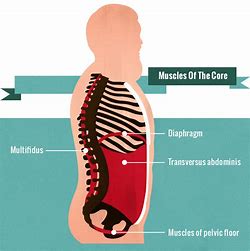
Where does physio come in?
Okay so you’re having problems while you run, but how can a physio help? There can be multiple contributing factors to running related injuries and it can be difficult to figure out where the issue is stemming from. A physiotherapist can conduct a full assessment to determine where you may have weaknesses, imbalances, technique issues or coordination problems and give you a personalised strengthening program to address these problems and get you back on the field. Depending on where problems may present, exercises may include a combination of core stability, hip and adductor strengthening, hip flexor lengthening and technical drills. Your physio can work together with you to determine which exercises are best for you, and specific to what you want to be able to achieve.
Running injuries are extremely common, and tend to arise due to functional weaknesses in areas of the body that can be neglected and undertrained. This leads to an increased amount of stress and strain that is absorbed by other muscles, tendons and ligaments. Training these areas can bring our body back into balance and ensure that the high amounts of force generated during running are distributed effectively, reducing injury risk and optimising performance. If you want to get the most out of your running, get in touch with us on 9672 6752 (Kellyville) or 9871 2022 (Carlingford) and one of our friendly staff will be able to arrange an appointment with you.

